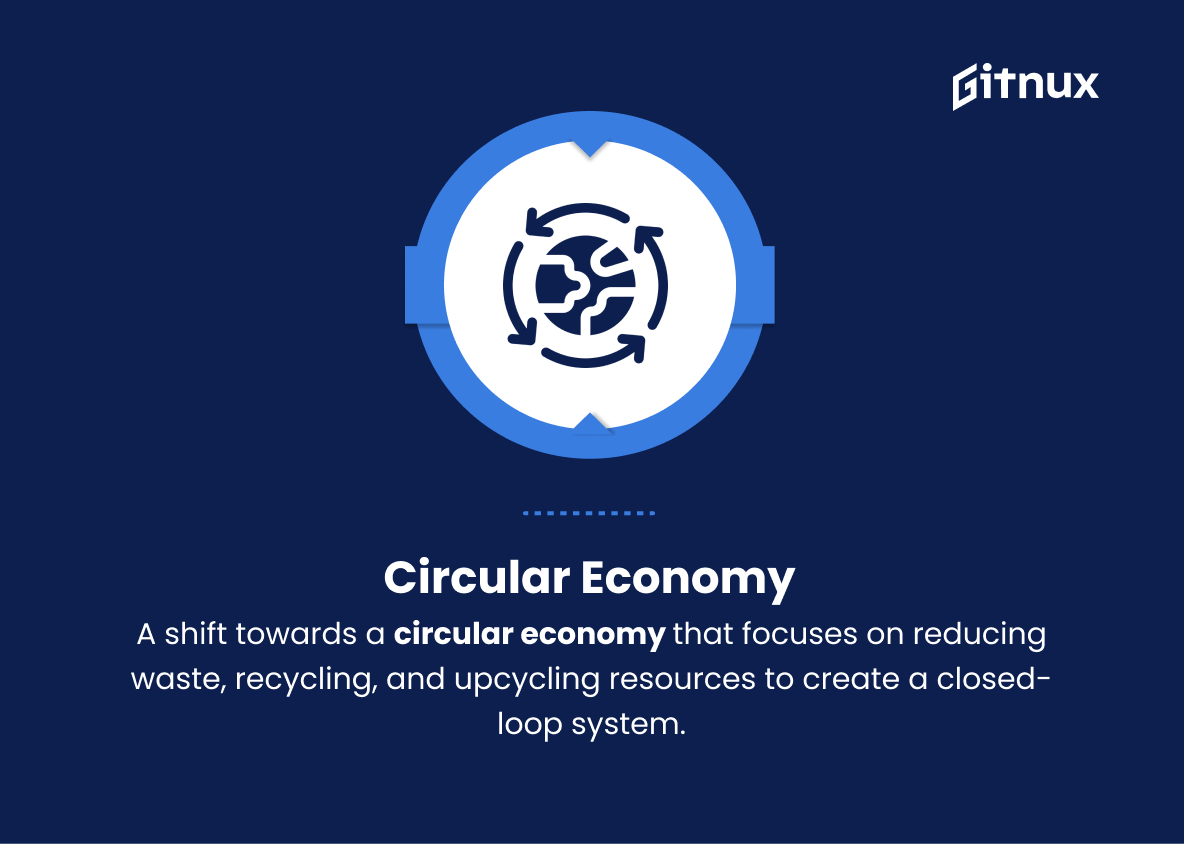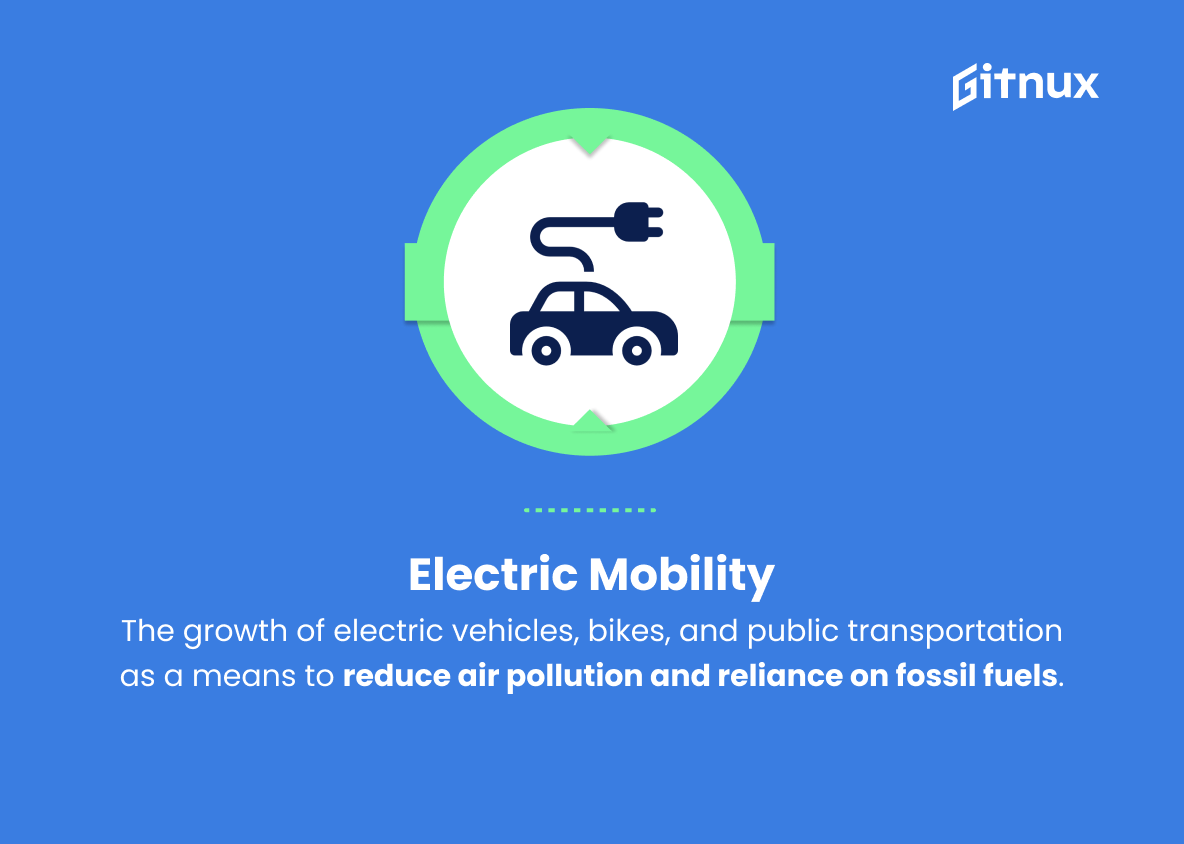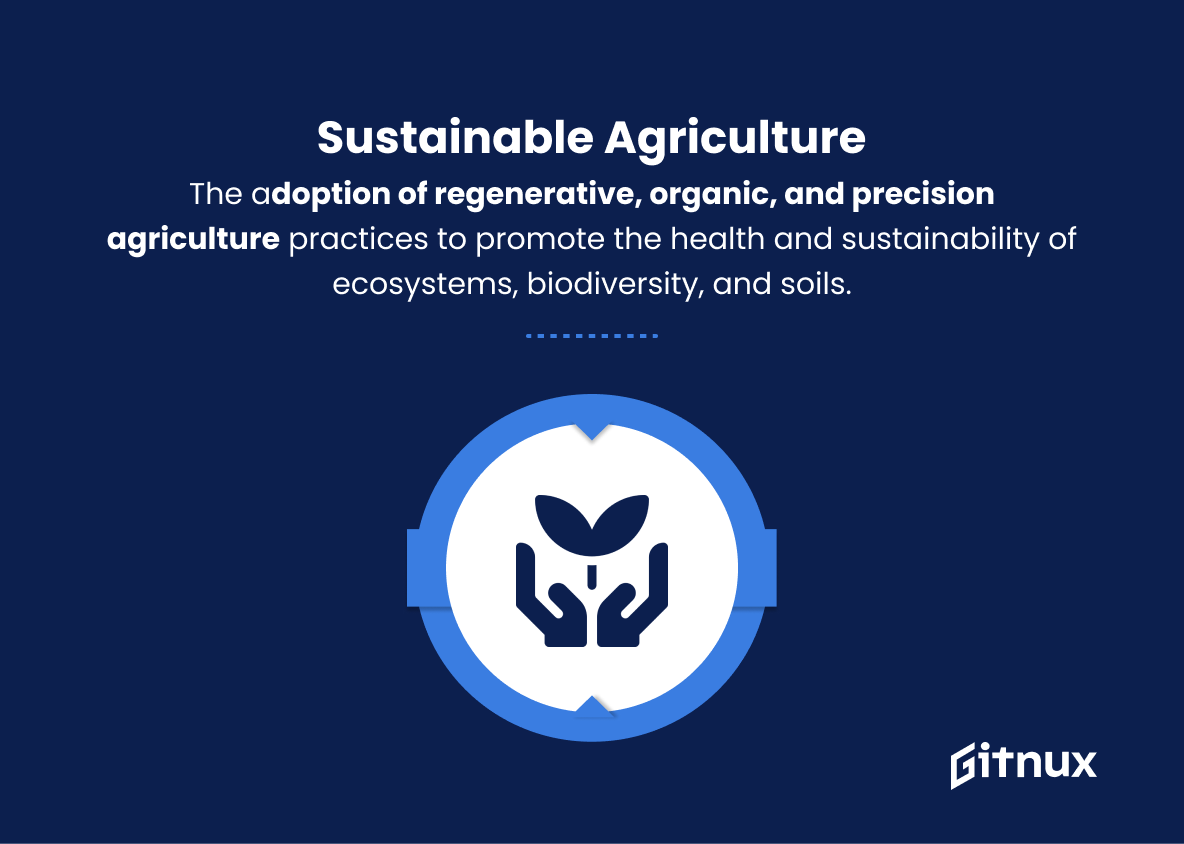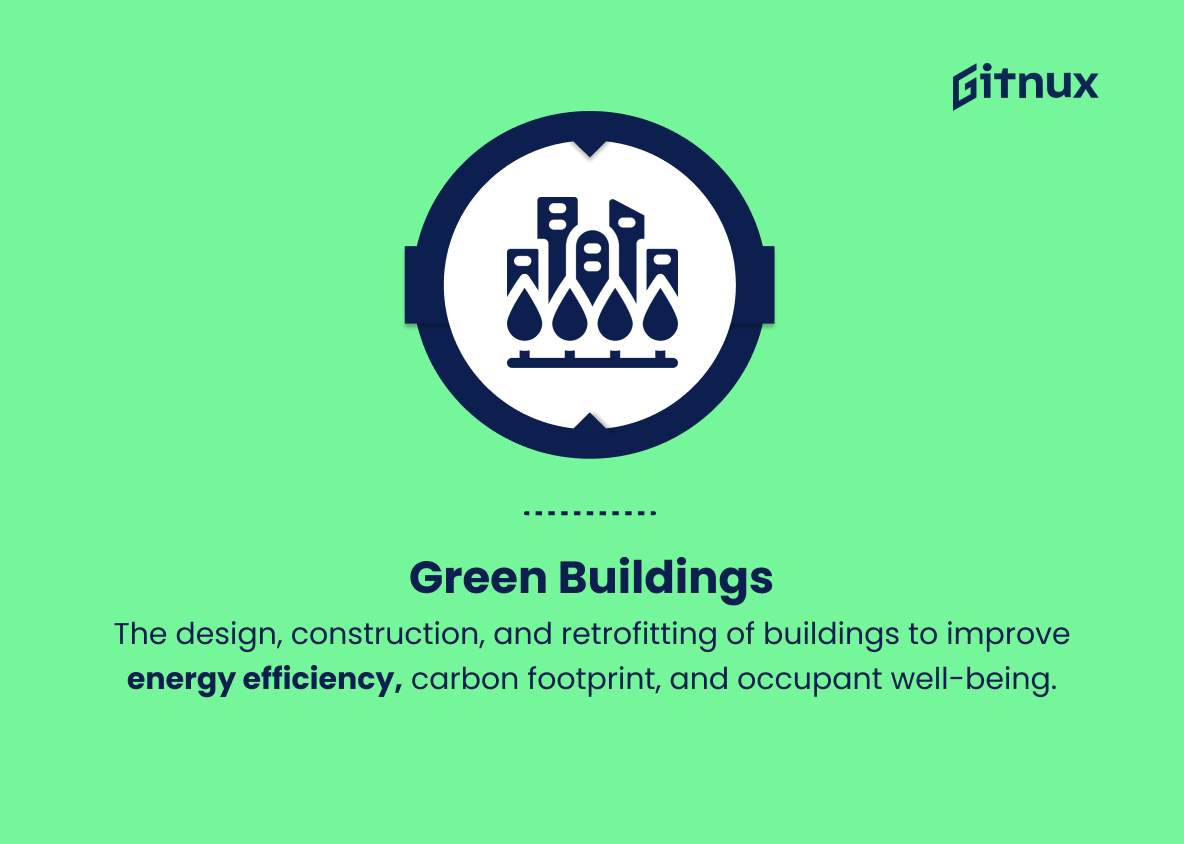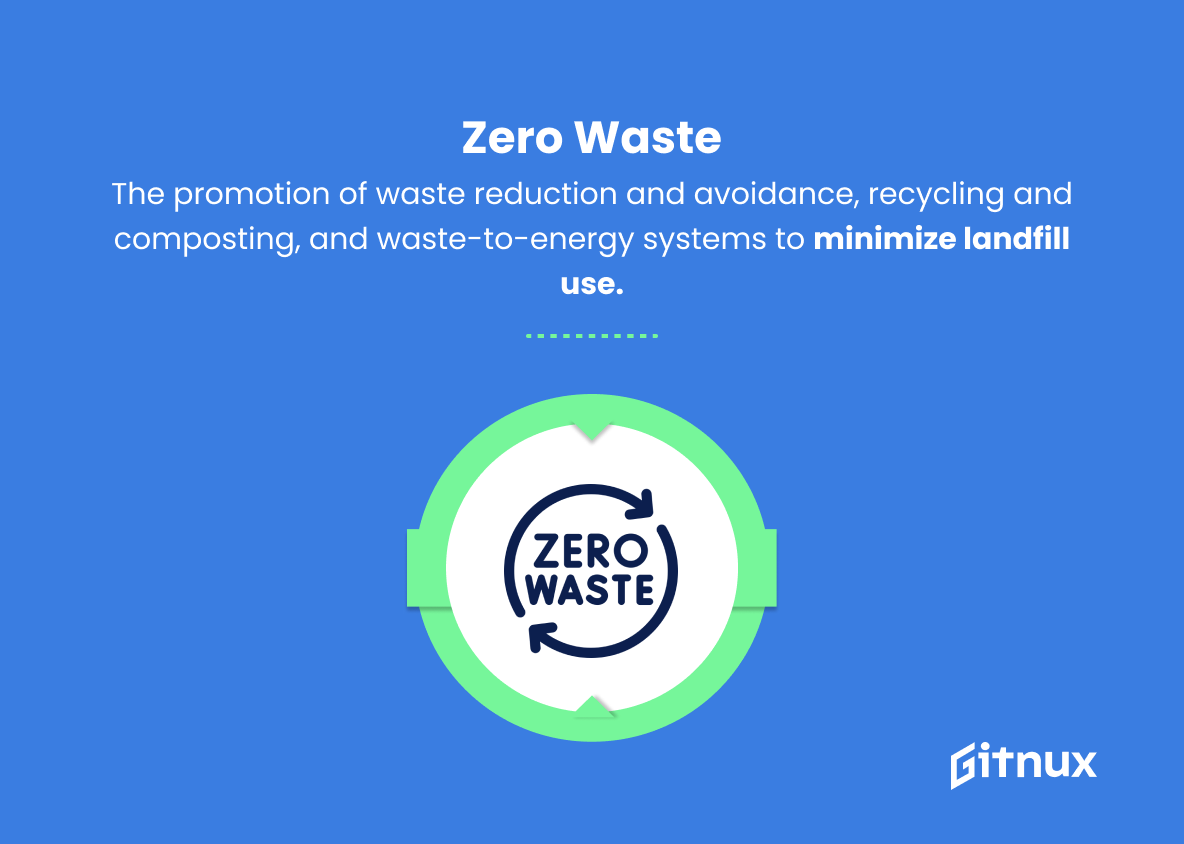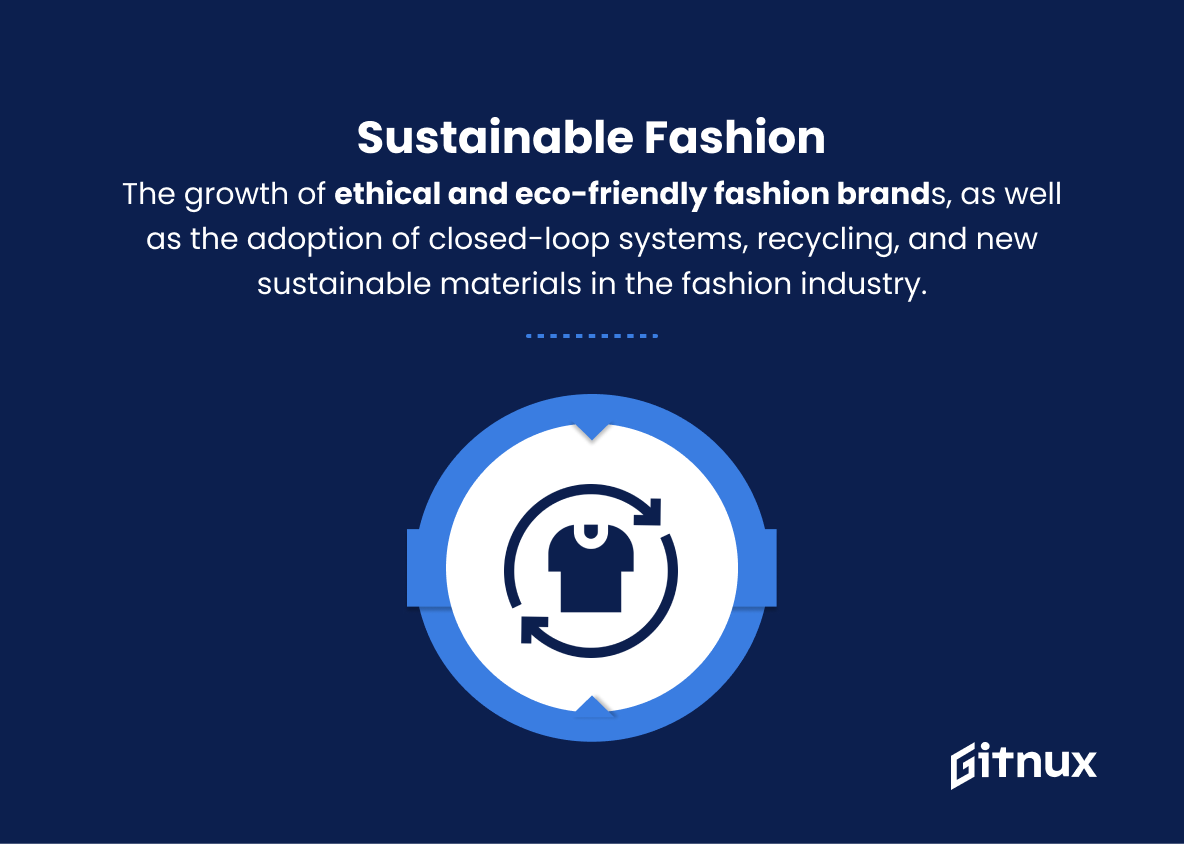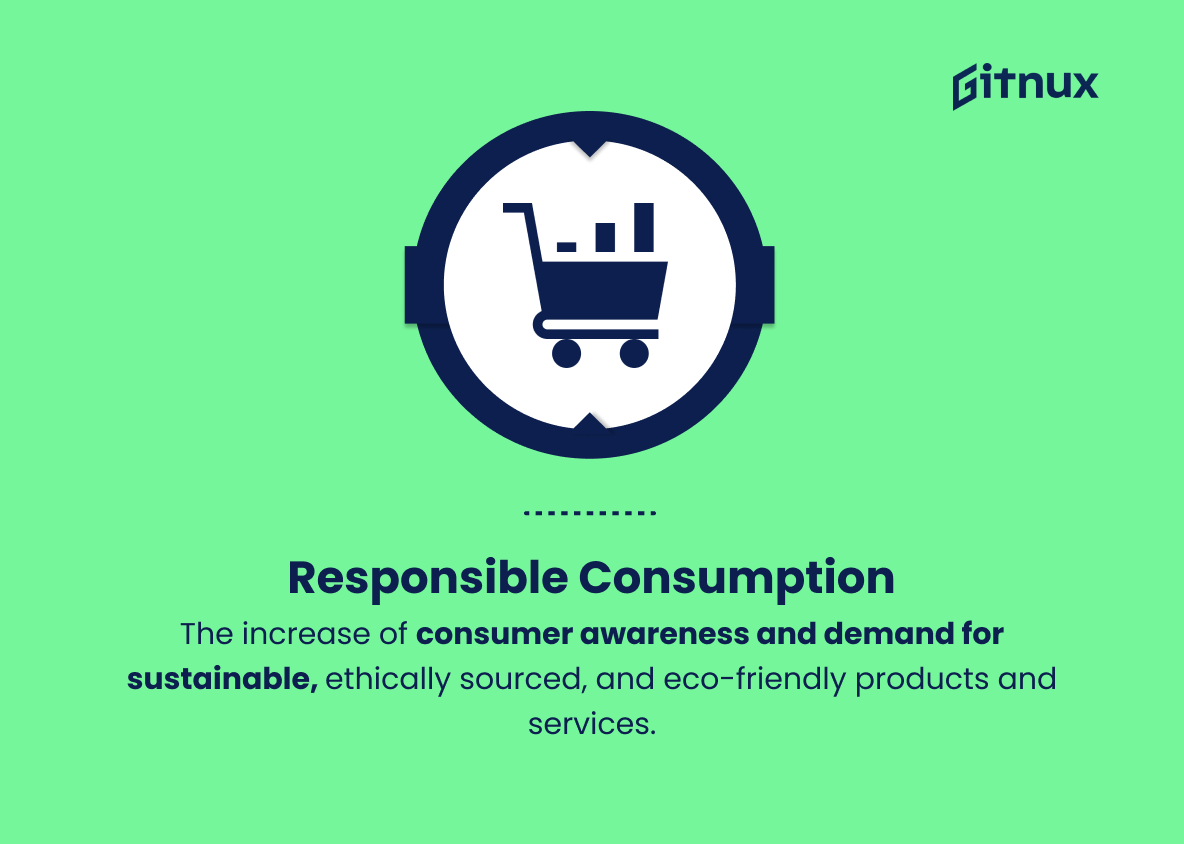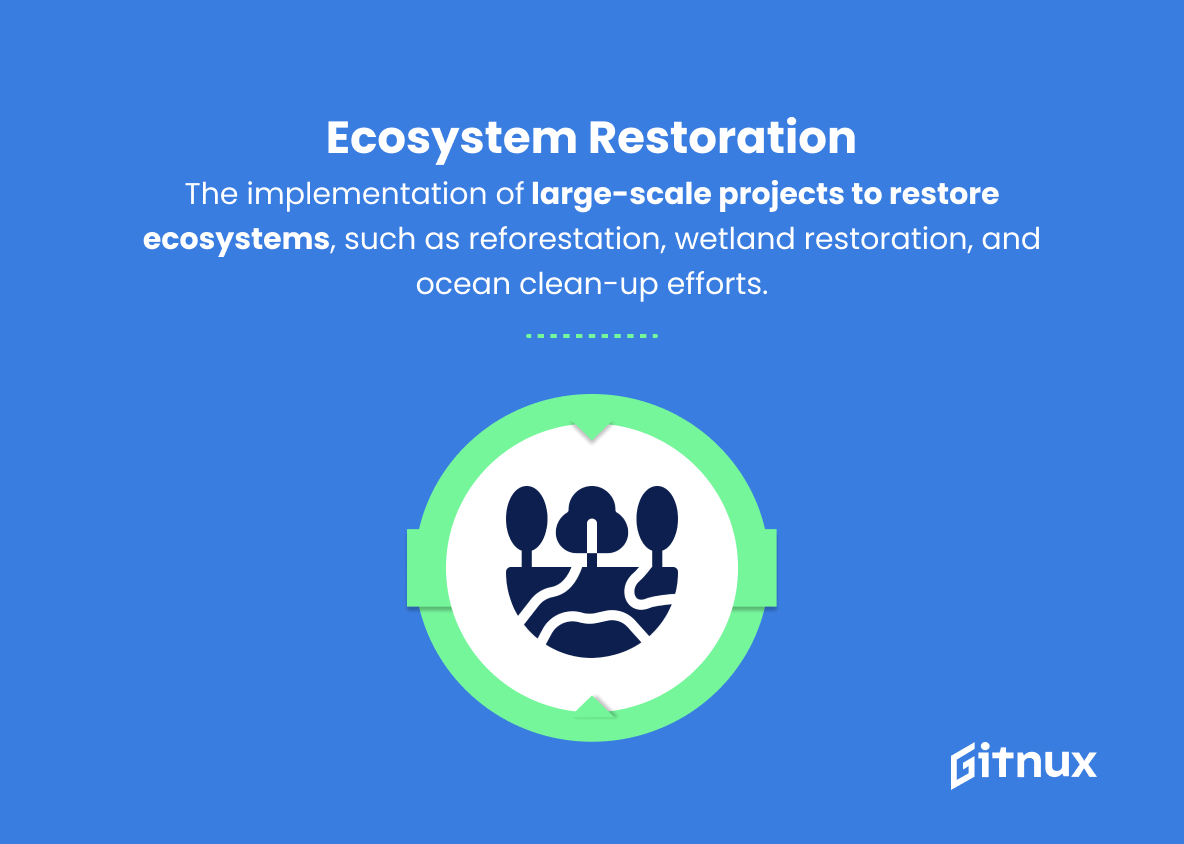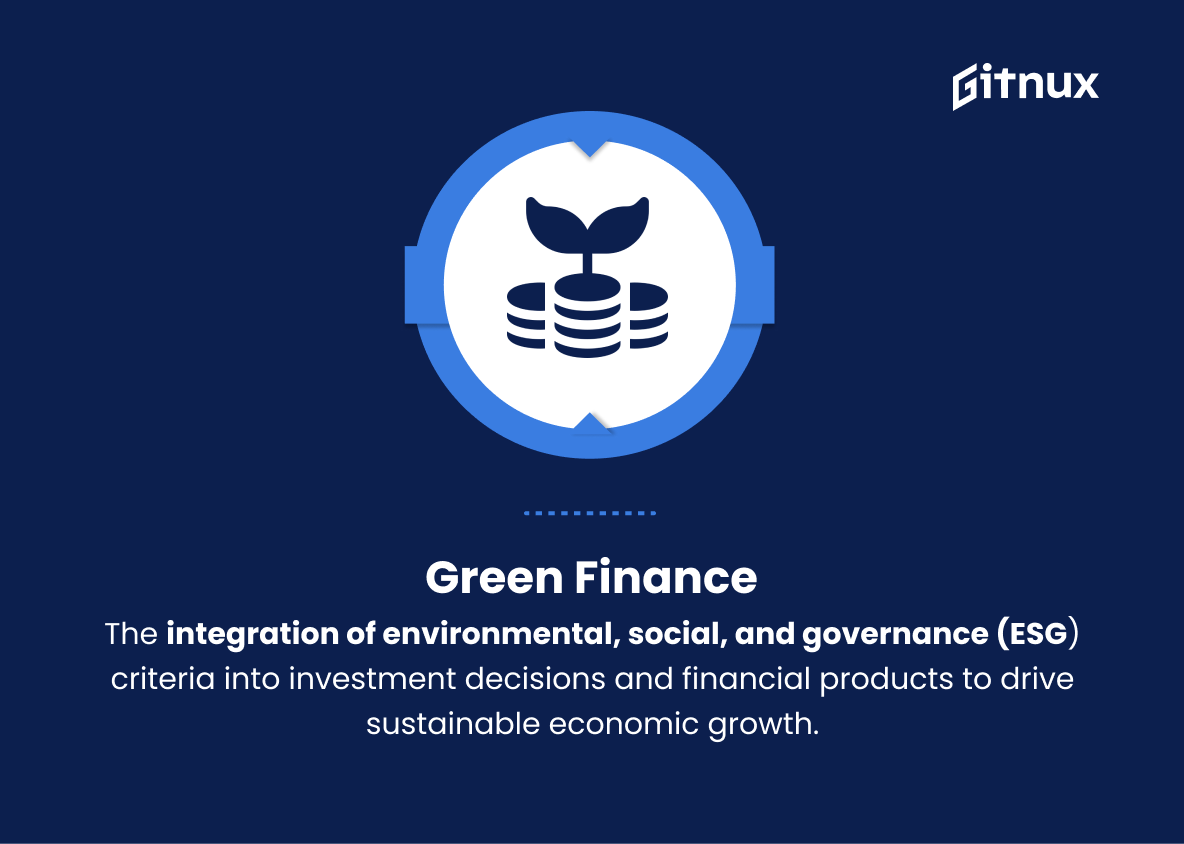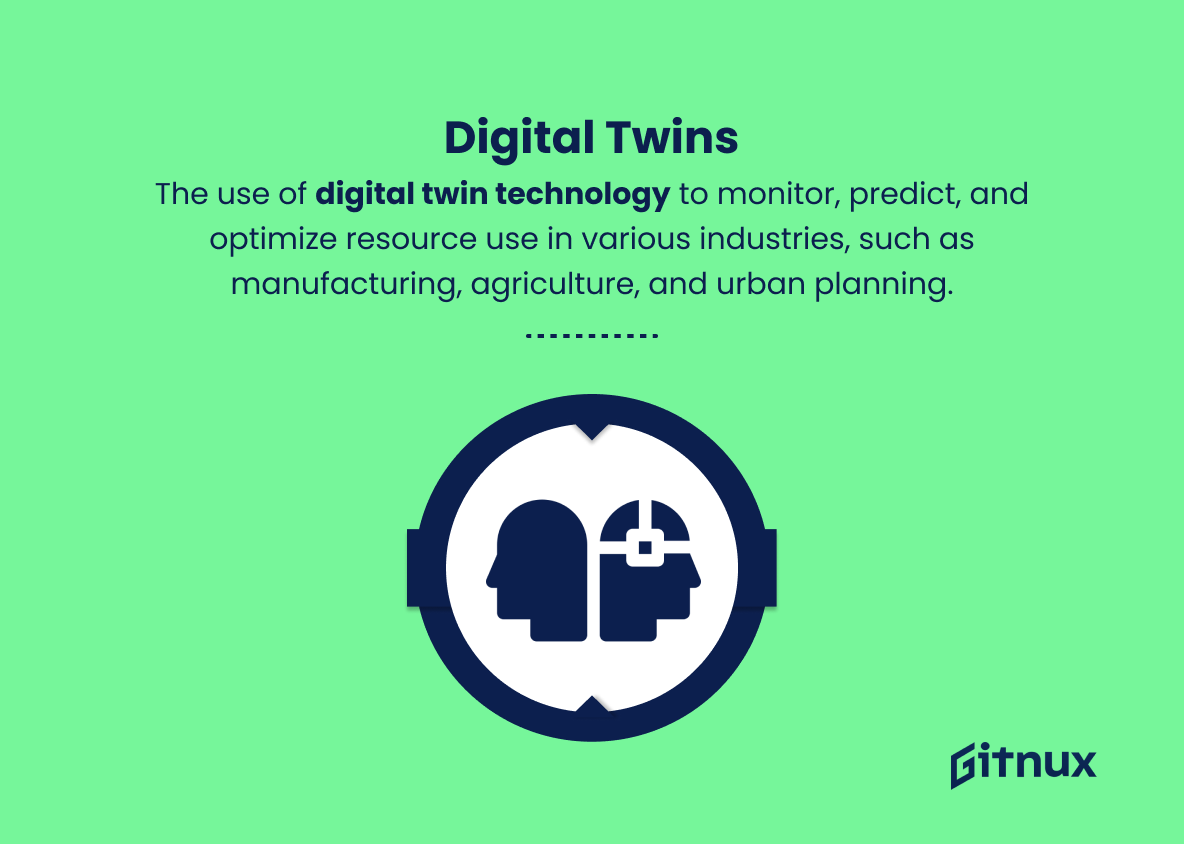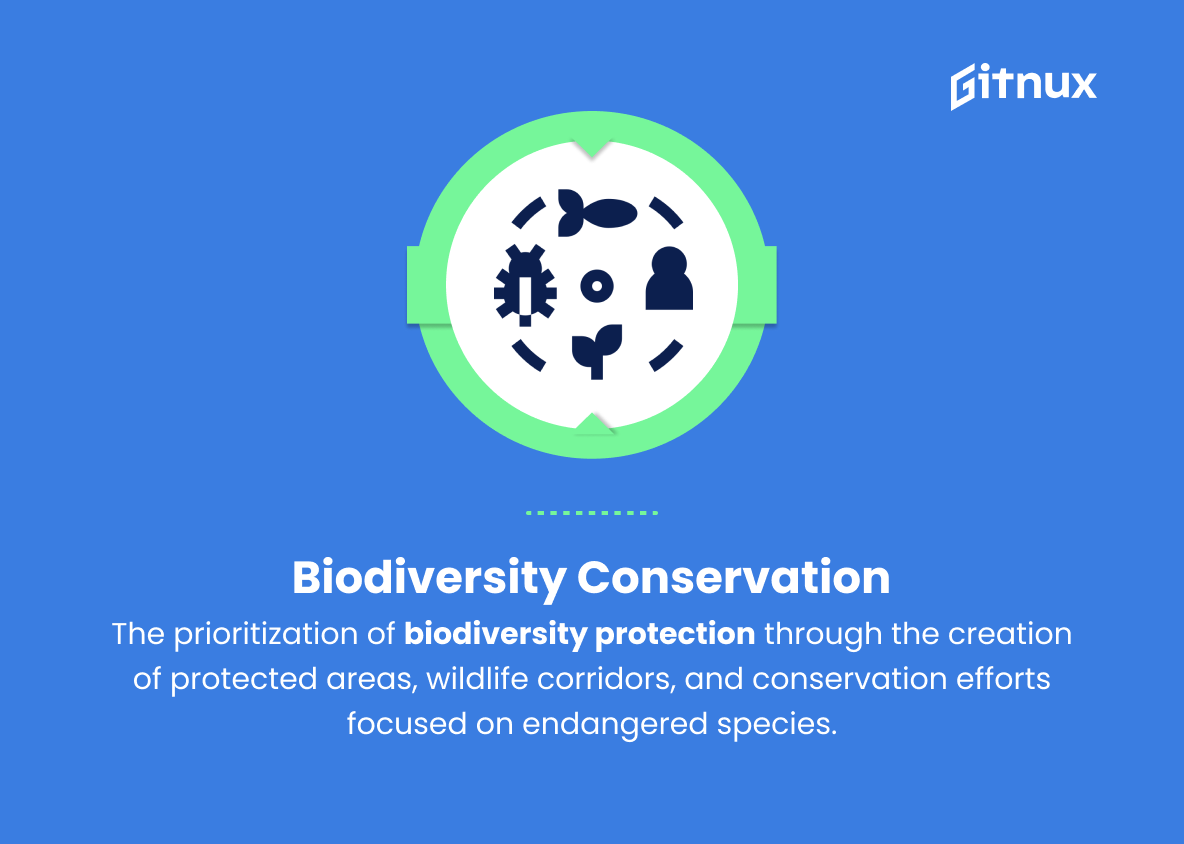In today’s ever-evolving world, the urgency for sustainable development has never been more crucial. With climate change, resource depletion, and a growing global population all driving the need for environmentally conscious solutions, sustainability trends are rapidly defining the course of our planet’s future.
In this thought-provoking blog post, we explore the most influential and promising sustainability trends that are transforming industries, shaping public policies, and catalyzing the transition towards a greener, more resilient society. By delving into these trends, we hope to shed light on the incredible opportunities available to address the most pressing global issues and inspire action towards a sustainable tomorrow.
Key Sustainability Trends
1. Circular Economy
A shift towards a circular economy that focuses on reducing waste, recycling, and upcycling resources to create a closed-loop system.
2. Renewable Energy
The increased adoption of renewable energy sources such as solar, wind, hydro, and geothermal to reduce carbon emissions and reliance on fossil fuels.
3. Electric Mobility
The growth of electric vehicles, bikes, and public transportation as a means to reduce air pollution and reliance on fossil fuels.
4. Sustainable Agriculture
The adoption of regenerative, organic, and precision agriculture practices to promote the health and sustainability of ecosystems, biodiversity, and soils.
5. Green Buildings
The design, construction, and retrofitting of buildings to improve energy efficiency, carbon footprint, and occupant well-being.
6. Zero Waste
The promotion of waste reduction and avoidance, recycling and composting, and waste-to-energy systems to minimize landfill use.
7. Water Management
The development of technologies and strategies for water conservation, recycling, and pollution control to ensure the health and availability of water resources.
8. Climate-Resilient Cities
The design and development of urban environments that are prepared for climate change impacts, such as increasingly frequent storms and heatwaves, sea-level rise, and flooding.
9. Carbon Capture and Storage
The development and deployment of technologies to capture and store carbon dioxide emissions to reduce greenhouse gases in the atmosphere.
10. Sustainable Fashion
The growth of ethical and eco-friendly fashion brands, as well as the adoption of closed-loop systems, recycling, and new sustainable materials in the fashion industry.
11. Responsible Consumption
The increase of consumer awareness and demand for sustainable, ethically sourced, and eco-friendly products and services.
12. Ecosystem Restoration
The implementation of large-scale projects to restore ecosystems, such as reforestation, wetland restoration, and ocean clean-up efforts.
13. Green Finance
The integration of environmental, social, and governance (ESG) criteria into investment decisions and financial products to drive sustainable economic growth.
14. Digital Twins
The use of digital twin technology to monitor, predict, and optimize resource use in various industries, such as manufacturing, agriculture, and urban planning.
15. Biodiversity Conservation
The prioritization of biodiversity protection through the creation of protected areas, wildlife corridors, and conservation efforts focused on endangered species.
16. Environmental Education
The focus is on educating communities, businesses, and individuals about the importance of sustainable living and practices to create a more eco-conscious society.
17. Alternative Proteins
The development and growth of plant-based, cell-based, and insect-based protein alternatives to support sustainable food systems and reduce the environmental impact of meat production.
18. Carbon Pricing
The implementation of policies and regulations that require companies and individuals to pay for their contributions to greenhouse gas emissions.
19. Microgrids and Decentralized Energy
The development of localized energy generation, storage, and distribution systems to increase energy efficiency and resilience, as well as reduce carbon emissions.
20. Sustainable Urban Planning
The incorporation of green spaces, pedestrian- and cyclist-friendly infrastructure, and transit-oriented development in city planning to improve livability, limit urban sprawl, and reduce environmental impact.
Implications
The Sustainability Trends mentioned will significantly transform societies and economies by creating a sustainable and equitable living environment for future generations. By adopting a circular economy, we minimize waste generation and conserve resources, while renewable energy enables us to reduce carbon emissions and move away from fossil fuels. Electric mobility further reduces our dependence on fossil fuels and contributes to cleaner air, and sustainable agriculture practices help maintain the ecological integrity of our planet.
Green buildings ensure energy efficiency and better health for occupants, and zero-waste initiatives directly combat excessive consumption and wastage. Water management enables us to maintain vital water resources, while climate-resilient cities prepare us for the impending consequences of climate change. Carbon capture and storage technologies help mitigate the atmospheric carbon levels, and sustainable fashion ensures that the fashion industry becomes eco-friendlier.
Responsible consumption drives producers and suppliers to create sustainable products, and ecosystem restoration aims to reverse the damage inflicted on our planet. Green finance encourages investments and financial products aligned with environmental objectives, while digital twins optimize resource usage across various industries. Biodiversity conservation acts as a means to preserve our planet’s fragile ecosystems, and increased environmental education creates eco-conscious citizens.
Alternative proteins offer sustainable options for our food systems and help reduce the environmental impacts of meat consumption, and carbon pricing ensures that businesses are held accountable for their emissions. Decentralized energy systems like microgrids reduce transmission losses and improve energy resilience. Lastly, sustainable urban planning seeks to design healthier, eco-friendly, and more liveable spaces for our growing urban population. These trends, if embraced, will create a sustainable future for us all.
Conclusion
In conclusion, it is evident that sustainability trends are reshaping our world, transforming businesses, and altering consumer behavior. As we continue to grapple with the challenges of climate change, resource scarcity, and social inequity, these trends will only grow in significance.
Stakeholders across industries must embrace and integrate sustainability practices into their core strategies, recognizing the opportunities and value it brings to the table. By fostering collaboration, promoting awareness, and pushing for innovative solutions, we can work together towards a more sustainable, resilient future for all.
The time for action is now, and every step taken toward sustainability leaves an indelible impact on the world that future generations will inherit. So, let us commit to these trends and strive for a better, greener future together.
